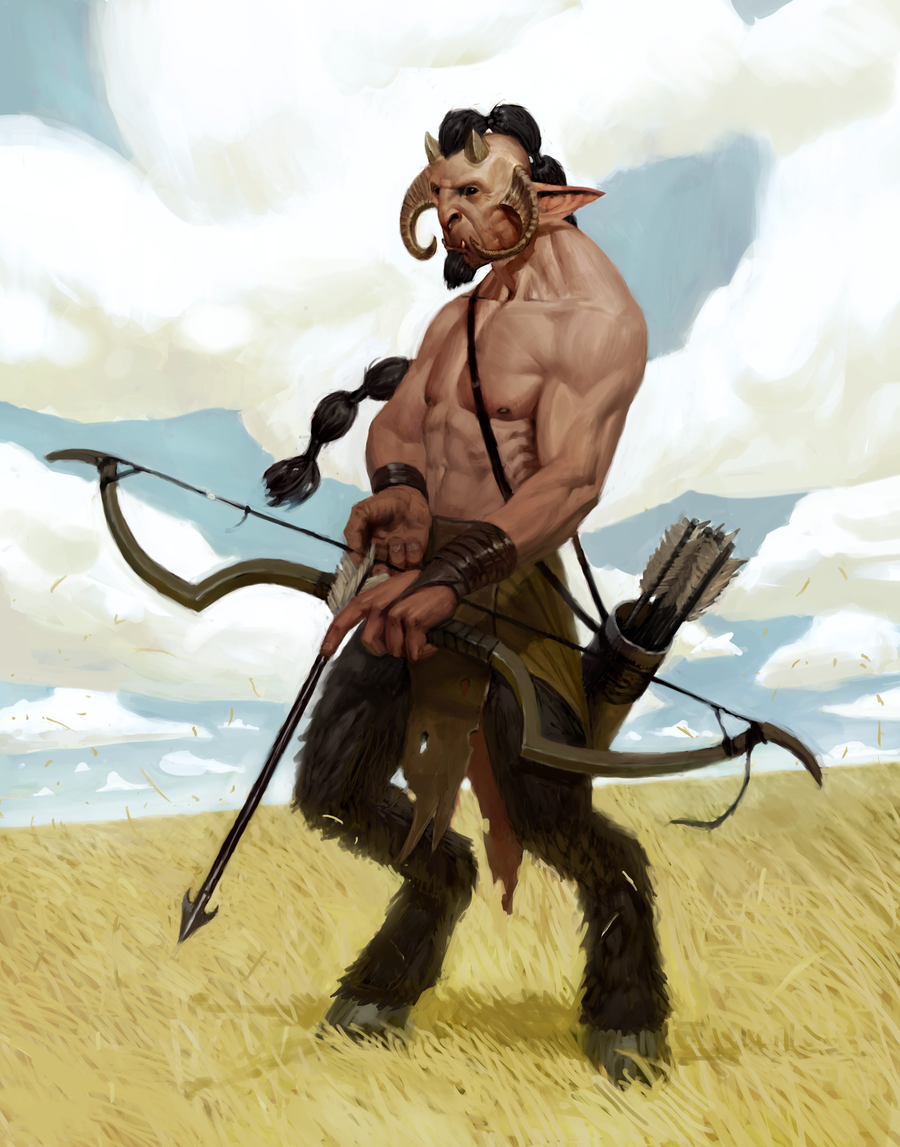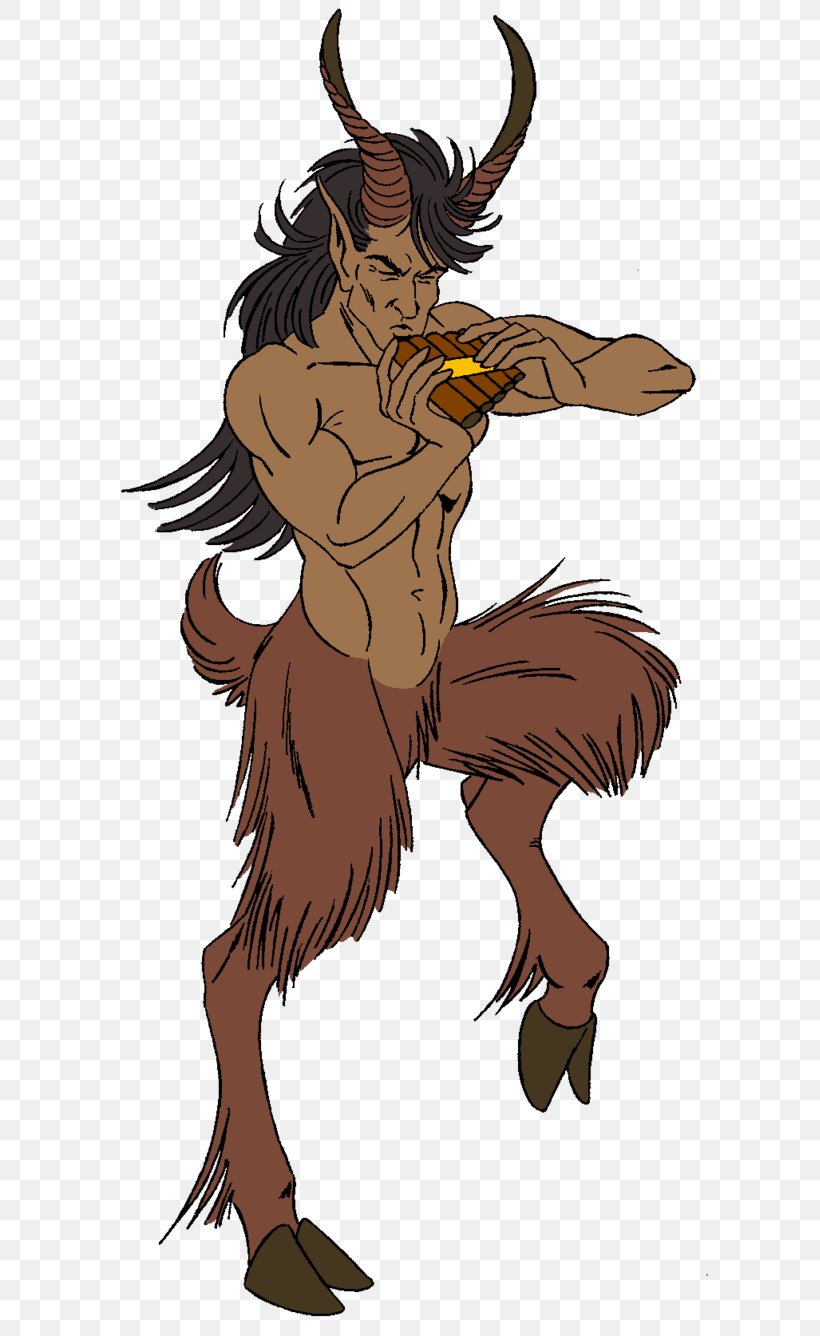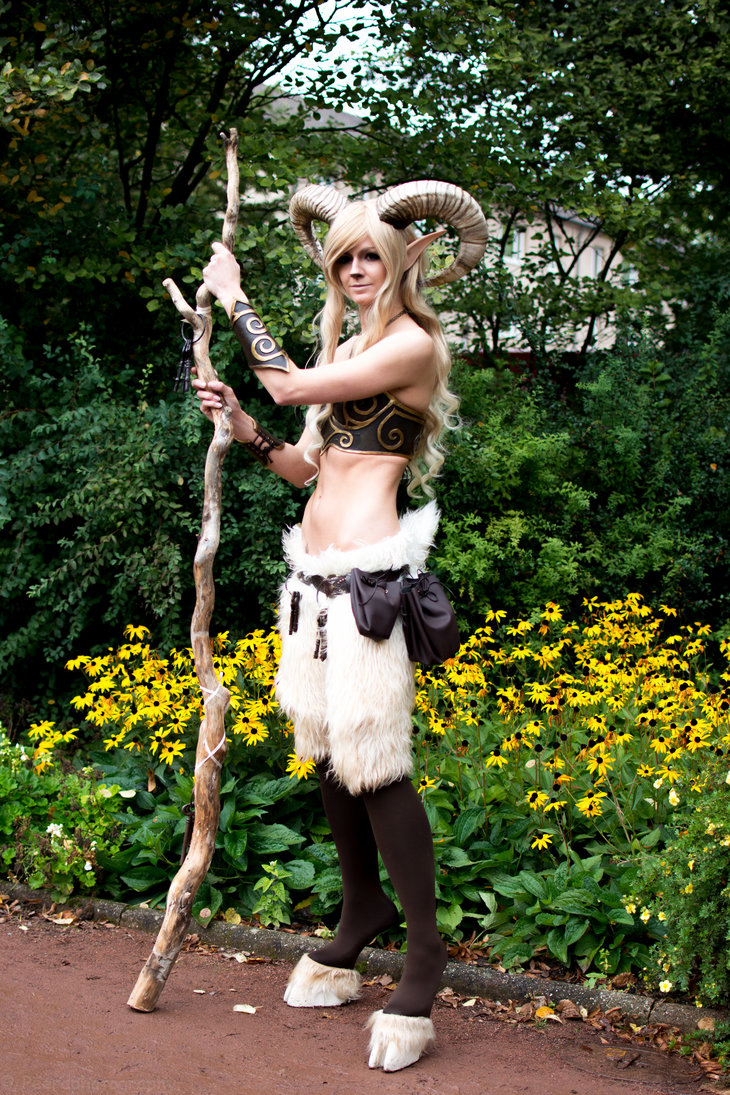
Faunus Species in Saradon World Anvil
Faun are roman, satyr are greek. When the romans took greece over, they took some peices of greek mythology and added it to their own but under a different name (ex: zeus and jupiter, hades and pluto, poseidon and neptune) so in actuality, satyr and faun are the same thing.

Faun Girl by on DeviantArt Fantasy art women, Faun, Satyr
Faun vs Satyr Fauns and satyrs are only mythical creatures but the same. They are different in the way they are known. This mythological character is known in Greek as a satyr and a faun in Roman. Both fauns and satyrs have a human torso, goat's body and horns. Originally, a faun had human feet and a satyr had hooves like that of the goat.

Pan Satyr Greek Mythology Deity Faun, PNG, 597x1336px, Watercolor
Faun vs. Satyr. The Satyrs were nature spirits in ancient Greek mythology. They were depicted as wild, animalistic creatures who were half-goat and half-man. They were also connected with the god.

17 Best images about Satyr Faun on Pinterest Double breasted, Jazz
Faun vs satyr—what's the difference? They are very similar, but the terms can also mean a variety of things. A faun is pretty much always a half-man, half-goat creature. A satyr can also have the features of a goat, but was originally a half-man, half-horse. Satyrs are more often deities, demiurges, or half-deities.

Pin on Fantasy race Satyr
They have natural horns (satyrs have to earn theirs) Are considered attractive, and gentle. They have whispy little-boy beards. Fauns are dancers and the flute-players. They wear wolfskin and protect cattle by chasing off the wolves. Pan, the most famous faun, is also a healer.

ArtStation Faun, Satyr, Pan, Łukasz Kryński Faun, Satyr, Fantasy
The life-size [1] ancient but much restored marble statue known as the Barberini Faun, Fauno Barberini or Drunken Satyr is now in the Glyptothek in Munich, Germany. A faun is the Roman equivalent of a Greek satyr.

Satyr/Faun (Creature Creator) for Genesis 8 Daz 3D Forums
In ancient Greek religion and mythology, Pan ( / pæn /; [2] Ancient Greek: Πάν, romanized : Pán) is the god of the wild, shepherds and flocks, rustic music and impromptus, and companion of the nymphs. [3] He has the hindquarters, legs, and horns of a goat, in the same manner as a faun or satyr.

Téléchargement Gratuit Anime Faun Satyr Drawing, tournée au Japon
It seems likely that the confusion between satyrs and fauns arose as a result of their association with the Wine God Bacchus. Even though Silenus, satyrs and maenads typically belonged to the retinue of Bacchus, other Gods also temporarily joined the Wine God's thiasus.Hercules is one of them ⓬ and Faunus another, as described in several myths, which explains why both creatures can appear.

Character Image Faun/Satyr
Satyrs are snub-nosed lustful minor forest gods found in Ancient Greek mythology, as well as Roman, that resembled goats or horses. Satyrs appear in written history in the 6th century BC, in the epic poem, Catalogue of Women. Homer, however, does not mention satyrs in any Homeric Hymn.

Faun, satyr, god pan. stock image. Image of fairy, historic 7935695
Abstract The canonical statue known as the Barberini Faun is roundly viewed as a mysterious anomaly. The challenge to interpret it is intensified not only by uncertainties about its date and origin but also by the persistent idea that it represents a generic satyr. This paper tackles this assumption and identifies the statue with the satyr that King Midas captured in the well-known myth.

satyr Google Search Fauns and satyrs, Satyr, Character art
Faun vs Satyr: The Differences Between the Mythological Creatures Faun vs Satyr is a raging debate because many modernists consider them to be the same creature but that was not the case in ancient times.

Faun by Nalavara on DeviantArt
Originating from Roman and Greek mythology, fauns are unique beings with a combination of human and goat characteristics, traditionally depicted with goat horns on their heads. They were associated with nature, forests, and herds, often considered as spirits or minor gods in Roman religion.

Satyr/Faun Greek myth a child of nature, they had the upper body of a
Fauns and Saytrs used to be considered quite different creatures. In Greek Mythology the saytr was described as a stockier hairy dwarf that was ugly to look at and the faun looked like a typical man from the waist up. The Saytr was also depicted as part human and part horse in some cultures or texts. Fauns were more foolish and Saytrs were more.

Image result for faun 5e Female Character Design, Rpg Character
Fauns were also depicted with musical instruments, although their instrument of choice was the pan pipes, named for their deity. The descriptions of the faun give them the feet, tails, beards, and ears of goats, with bigger horns than satyrs traditionally have. Sometimes fauns have the whole head of a goat, (occasionally they also have a.

satyr archer Satyr, Faun, Fantasy Forest, Merman, Fantasy Warrior
Fauns and satyrs were originally quite different creatures: Whereas late-period fauns are half-man and half-goat, satyrs originally were depicted as stocky, hairy, ugly dwarves or woodwoses, with the ears and tails of horses. Satyrs also were more woman-loving than fauns, and fauns were rather foolish where satyrs tended to be sly.

Deluxe Unisex Faun/Satyr Pants with Hooves from Chaos Costumes
Appearance The appearance of satyrs and fauns is the most significant difference between them. Faun Fauns are half-human, half-goat, possess horns, and their bottom half is goat-like, with hairy legs, a twitchy tail, and hooves. They have lovely faces.